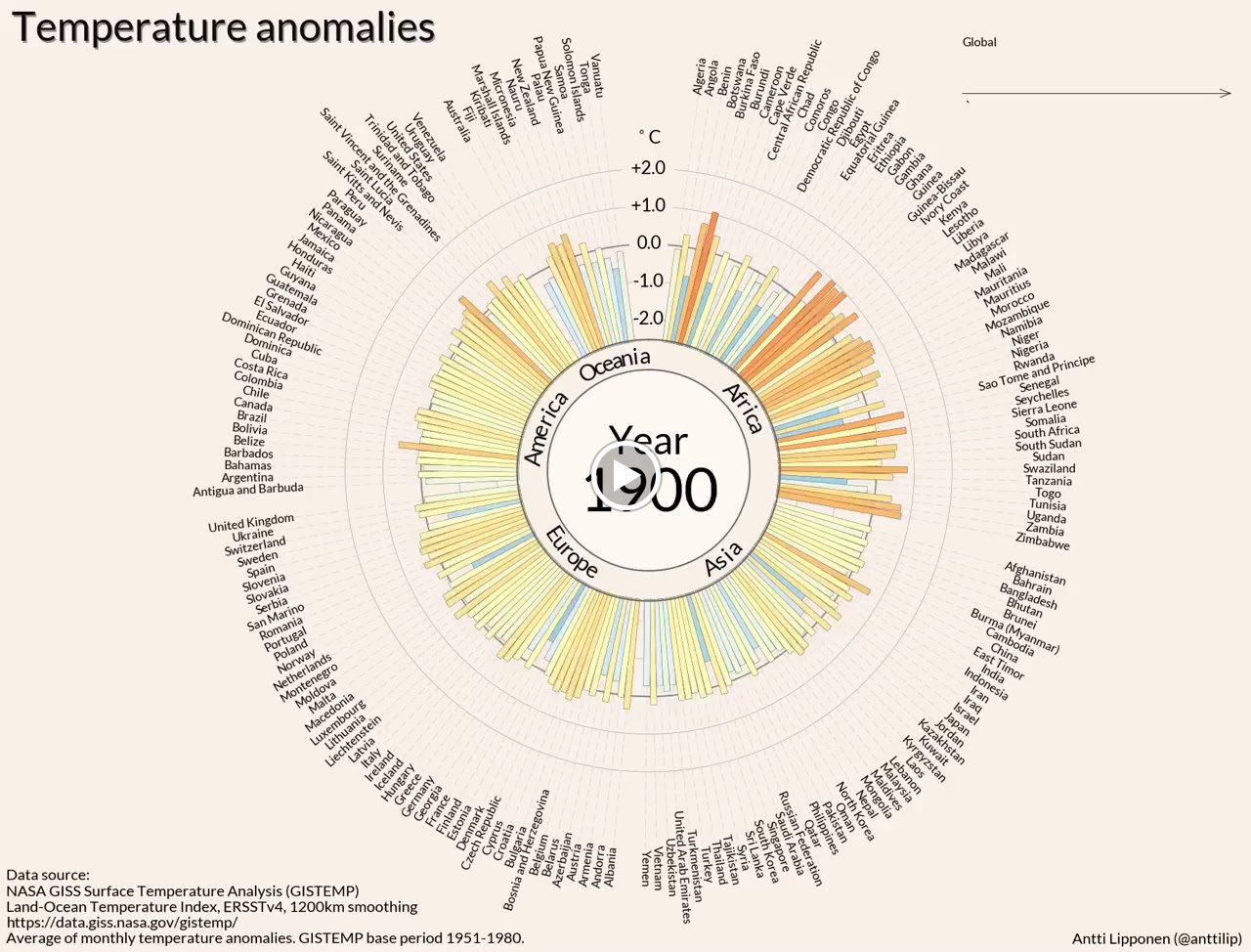Carl Sagan
Carl Sagan, on the meaning of the word “cosmopolitan”, the Library of Alexandria, and the death of Hypatia:
Alexandria was the greatest city the Western world had ever seen. People of all nations came there to live, to trade, to learn. On any given day, its harbors were thronged with merchants, scholars, and tourists. This was a city where Greeks, Egyptians, Arabs, Syrians, Hebrews, Persians, Nubians, Phoenicians, Italians, Gauls, and Iberians exchanged merchandise and ideas.
It is arguably here that the word “cosmopolitan” realized its true meaning — citizen, not just of a nation, but of the Cosmos. To be a citizen of the Cosmos…
Here clearly were the seeds of the modern world. What prevented them from taking root and flourishing? Why instead did the West slumber through a thousand years of darkness until Columbus and Copernicus and their contemporaries rediscovered the work done in Alexandria? I cannot give you a simple answer. But I do know this: there is no record, in the entire history of the Library, that any of its illustrious scientists and scholars ever seriously challenged the political, economic, and religious assumptions of their society. The permanence of the stars was questioned, the justice of slavery was not. Science and learning in general were the preserve of a privileged few. The vast population of the city had not the vaguest notions of the great discoveries taking place within the Library. New findings were not explained or popularized. The research benefited them little. Discoveries in mechanics and steam technology were applied mainly to the perfection of weapons, the encouragement of superstition, the amusement of kings. The scientists never grasped the potential of machines to free people. The great intellectual achievements of antiquity had few immediate practical applications.
Science never captured the imagination of the multitude. There was no counterbalance to stagnation, to pessimism, to the most abject surrenders to mysticism. When, at long last, the mob came to burn the Library down, there was nobody to stop them.
The last scientist who worked in the Library was a mathematician, astronomer, physicist, and head of the Neoplatonic school of philosophy — an extraordinary range of accomplishments for any individual in any age. Her name was Hypatia. She was born in Alexandria in 370. At a time when women had few options and were treated as property, Hypatia moved freely and unselfconsciously through traditional male domains. By all accounts she was a great beauty. She had many suitors but rejected all offers of marriage. The Alexandria of Hypatia’s time — by then long under Roman rule — was a city under grave strain. Slavery had sapped classical civilization of its vitality. The growing Christian Church was consolidating its power and attempting to eradicate pagan influence and culture. Hypatia stood at the epicenter of these mighty social forces. Cyril, the Archbishop of Aleandria, despised her because of her close friendship with the Roman governor, and because she was a symbol of learning and science, which were largely identified by the early Church with paganism. In great personal danger, she continued to teach and publish, until, in the year 415, on her way to work, she was set upon by a fanatical mob of Cyril’s parishioners.
They dragged her from her chariot, tore off her clothes, and, armed with abalone shells, flayed her flesh from her bones. Her remains were burned, her works obliterated, her name forgotten. Cyril was made a saint.
— Carl Sagan, Cosmos
The Death of Hypatia
The “water feature” in my back yard
Temperature anomalies arranged by country 1900 – 2016

Originally shared by Pierre Markuse
Temperature anomalies arranged by country 1900 – 2016
Take a look at this beautiful data visualization by Antti Lipponen. It shows the average monthly temperature anomalies arranged by country from 1900 to 2016 with a base period of 1951 to 1980. A quite impressive visualization of climate change.
Download and images here:
https://flic.kr/p/W3wPeE (Video)
https://flic.kr/p/XjiYjX (2016 static image)
https://flic.kr/p/XfEejG (1980 static image)
This NASA Earth Observatory article on global warming is answering some of the most asked questions:
http://earthobservatory.nasa.gov/Features/GlobalWarming/
If you yourself or friends have doubts about climate change, I also recommend to watch this video, addressing some common misconceptions: 13 Misconceptions About Global Warming http://youtu.be/OWXoRSIxyIU
Image credit: Temperature anomalies arranged by country 1900 – 2016 Antti Lipponen (https://twitter.com/anttilip) CC BY 2.0 https://goo.gl/sZ7V7x
See more of Antti’s stuff here on Flickr:
https://www.flickr.com/photos/150411108@N06/
Thank you for your interest in this Climate Change/Earth collection. Maybe add me on Google+ (Pierre Markuse) and Twitter (https://twitter.com/Pierre_Markuse) or have a look at the Astronomy/Astrophysics collection here: https://goo.gl/x0zPAJ or the Space/Space Technology collection here: https://goo.gl/5KP0wx
#science #earth #globalwarming #climatechange #temperature #temperatureanomalies #dataviz #datavisualization
It’s an old bee — the wings are frayed.
Moral clarity
“In fact, not only do I not understand your concern, I’ve mistaken my lack of understanding for moral clarity!”
Asylum in Russia
The end game for the Trump disaster remains elusive. But now a possibility occurs to me: the reason Trump is so desperate for a private audience with Putin is to arrange for asylum. Trump will agree to do as much damage as he can in return for a safe haven in Russia.
Abandoning Paris climate deal marks Trump’s return to angry populism
“…Trump’s departure is an entirely needless piece of diplomatic and environmental vandalism, performed on live television for ratings.”
Originally shared by Susan Stone
https://www.theguardian.com/environment/2017/jun/02/donald-trump-paris-deal-analysis-populism
Times like these.
This year’s string of brutal hate crimes is intrinsically connected to the rise of Trump



